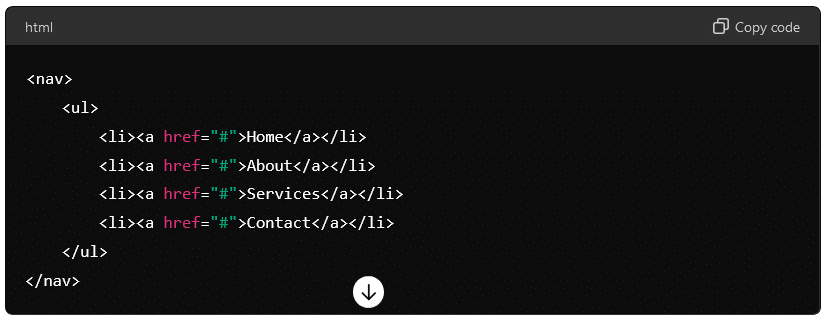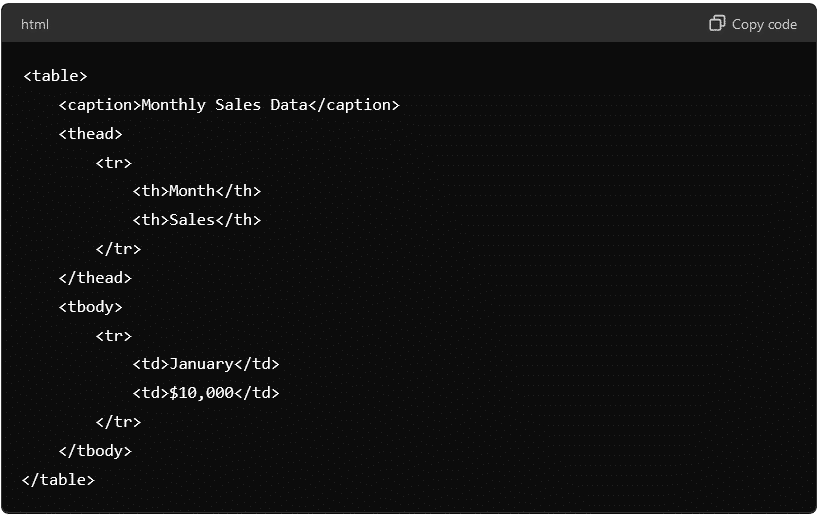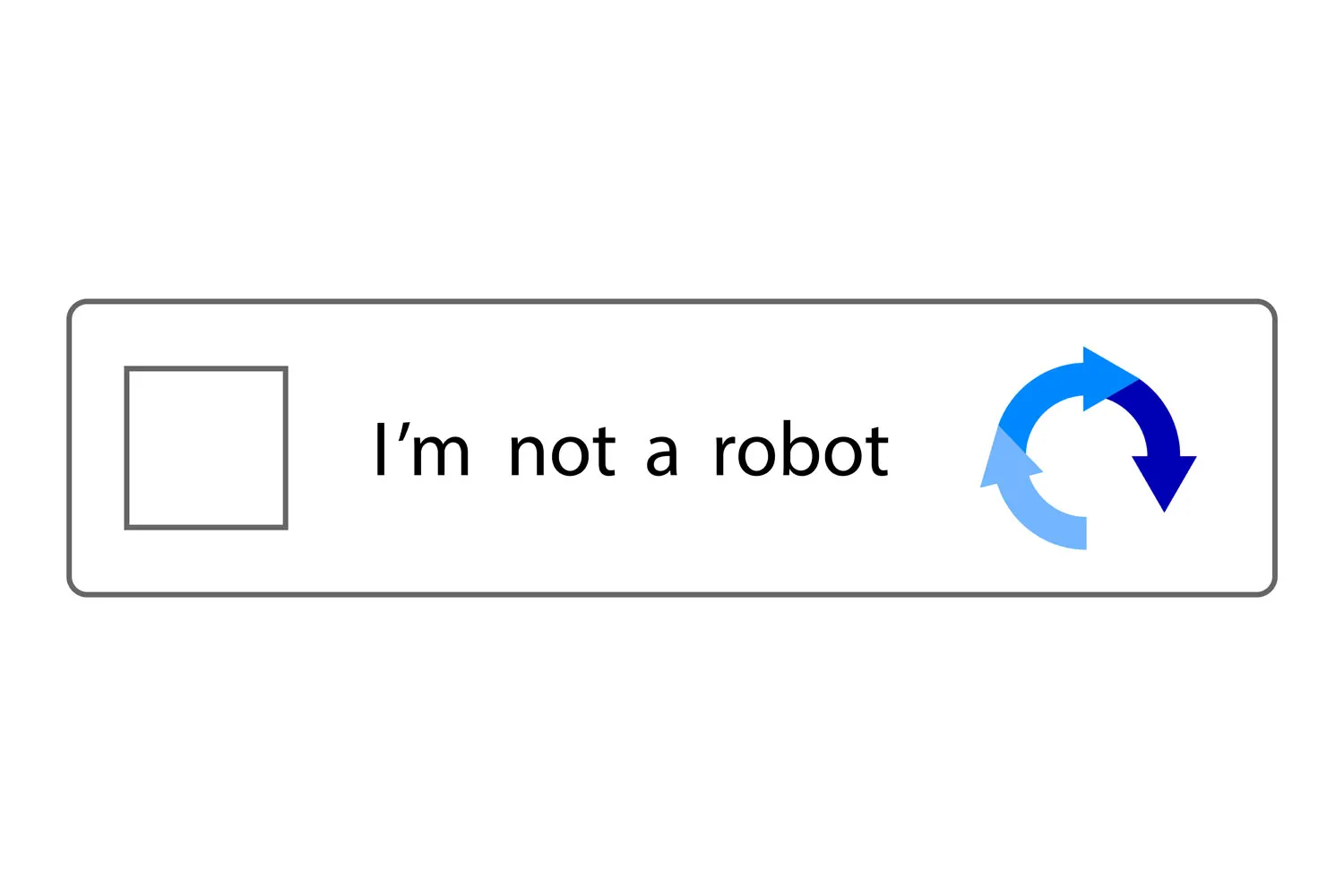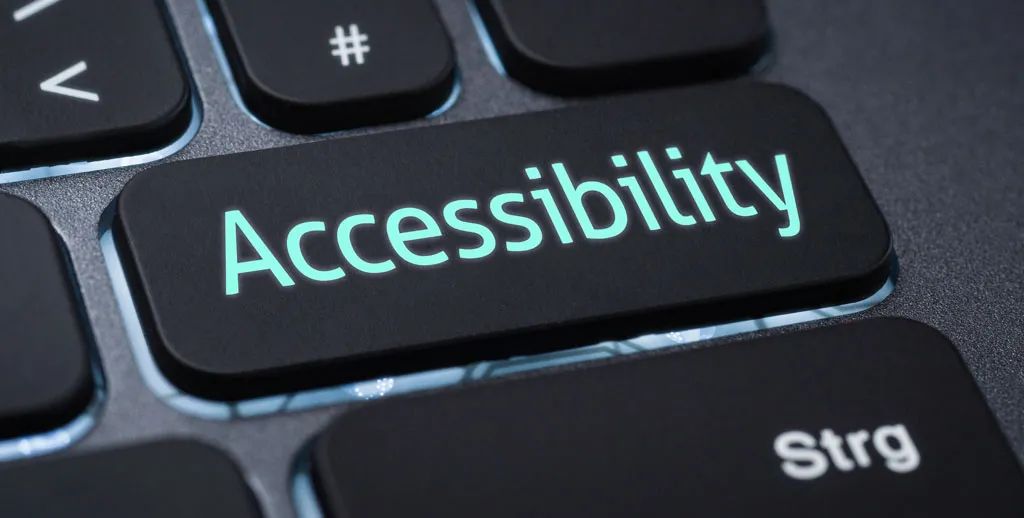Creating an inclusive online experience isn’t just a nice-to-have — it’s essential. As more people rely on the internet for everything from shopping to education and healthcare, making your website accessible ensures that no one is left behind. Whether your visitors have visual impairments, hearing loss, mobility challenges, or cognitive differences, your site should be designed with everyone in mind.
That’s where these web accessibility tips for your site come in. Implementing even a few of these can dramatically improve the experience for all users — and yes, it can also help you stay compliant with accessibility laws like the ADA or WCAG guidelines.
Ensuring your website is accessible to all users isn’t just a legal requirement—it’s a step towards inclusivity and better user experience.
Discover practical tips to enhance web accessibility and make your site welcoming to everyone.
What is Web Accessibility?
Web accessibility refers to the practices that are used to optimise websites for users with special needs or disabilities. This includes people with visual, auditory, neurological, cognitive, physical and learning disabilities. The aim is to improve the user experience of those who are differently abled, and to provide them with a better level of accessibility to products and services online.

The Importance of Web Accessibility
The need for accessibility is growing. The World Health Organisation (WHO) estimates that approximately 2.2 billion people (almost 36% of the global population) are currently living with some type of visual impairment. When using the Internet, these people would be required to use software like screen readers.
Many online users around the world are also affected by conditions like hearing impairment, motor or dexterity impairments (e.g. paralysis or cerebral palsy), cognitive impairments that affect memory and problem-solving, and learning disabilities such as dyslexia (which occurs in at least one in 10 people).
With the technological advances in recent years, there has been a great improvement in the assistive technology available – this is the term used to describe the technologies, devices and tools used by people with disabilities, such as the hardware and software that allows them to access the Internet. More site owners are realising the importance of building websites that are compatible with assistive technologies.
By making your onsite experience more accessible, you can reach a much wider variety of users, while making life a little easier for them in the process.
Tips for Better Web Accessibility
Good HTML Practices:
Screen readers that read out the information on a web page for a user will use the headers on the page as points for guidance. All headers must be placed in an order that makes logical sense. All HTML code must be clean and follow coding best practices. Messy HTML and badly implemented headers will make navigation difficult for users relying on a screen reader.
Make sure the H1 element is used for the main topic on a page, followed by H2, H3 elements and so on, following a logical pattern. This makes it easier for users to clearly understand the webpage and the relationship between the various elements on the page.
Use Semantic HTML:
Semantic HTML tags like <nav>, <article>, <section>, and <aside> help screen readers and assistive technologies understand the structure of your content. For example:

Ensure video controls are accessible via keyboard and offer playback options.
Accurate Link Descriptions:
Any text links used should accurately describe where the users will navigate to upon clicking that link. Phrases like “Click Here” or “Read More” need to be more informative and descriptive. Be sure to write link descriptions that can be easily understood out of context.
Image Alt Text:
Always add accurate, descriptive alt text to each image on your site. People using screen readers rely on alt text to describe a displayed image for them. If the alt text is missing, or is a string of code, this can damage the user’s understanding of your page content. Alt text is also best practice for good SEO.
Keyboard Navigation:
Some users with physical disabilities may only be able to use a keyboard to navigate, or may need to use alternative input devices. Make sure that your site can be navigated by keyboard alone if necessary. This means reducing scrolling, adding hotkey shortcuts and adding skip links to the beginning of a page, allowing users to skip content without navigating a full page.
Avoid the temptation to use “trendy” design choices that make accessibility harder for keyboard-only users. For example, navigation options that only appear when a cursor hovers over a certain spot leave these users with no way to activate the navigation and access that content.

Closed Captioning:
Closed captioning in your video content is essential in making it accessible to users with hearing impairment. Customised, contextual closed captions are more accurate and a better option than auto-generated closed captions.
Use Accessible Rich Media
Ensure that audio and video players have accessible controls and provide transcripts and captions. Example:

Audio Descriptions:
Audio descriptions provide another way to make your video content more accessible, by catering to users with visual impairment. Video transcripts are also beneficial for those using screen readers.
Text Clarity:
Make sure all text on your website is completely legible, to make it as clear as possible for those with vision problems. Consider the font used, the text size, and the spacing between lines, words and letters.
40×40 Pt. Clickable Areas:
As a general rule of thumb (for assistance tools as well as various finger sizes), the clickable area on any touch control should be at least 40×40 pts.
Accessible Colours:
Did you know that one in every 12 men is colourblind? There are an estimated 300 million colourblind people in the world! There are various types of colourblindness that affect a user’s ability to see and differentiate certain colours.
There are now tools available that allow you to generate accessibility-friendly colour palettes, making your site that much easier for many more searchers to navigate. It’s also good practice to avoid relying solely on colours to communicate information visually on your website.
Use Accessible Tables:
If using tables for data presentation, ensure they include <th> for headers and <caption> for table summaries. Example:

CAPTCHA Alternatives:
CAPTCHA tools are commonly used on login screens, to differentiate human users from spambots. The warped letters and numbers can present a problem for those with visual impairment, dyslexia, colourblindness and cognitive difficulties. They are also inaccessible to screen readers, and are published without alt text to ensure security.
If you are including CAPTCHAs on your website, provide a range of accessible options like audio-based tests or Google reCAPTCHA.
These are just a few examples of how to make your site more accessible and user-friendly for people with a wide range of challenges. Good accessibility and good UX often go hand in hand, so a more accessible website typically provides a better user experience for everyone.
Implementing these tips will not only make your website accessible to a broader audience but also improve usability and user experience for all visitors. By prioritizing accessibility, you demonstrate inclusivity and ensure compliance with accessibility standards such as WCAG, enhancing the overall quality and reach of your website.

Key Takeaway
- Prioritize Inclusivity: Optimize your website for users with diverse disabilities to ensure everyone can access your content.
- Use Semantic HTML: Implement structured headers and tags like <nav> and <article> for better screen reader navigation.
- Enhance Media Accessibility: Add alt text for images, closed captions, and audio descriptions for videos to support users with visual or hearing impairments.
- Ensure Keyboard Navigation: Enable full site navigation via keyboard with skip links and hotkeys for users with mobility challenges.
- Choose Accessible Colors and Text: Use legible fonts, sufficient clickable areas (40×40 pt), and colorblind-friendly palettes to improve usability.
- Offer CAPTCHA Alternatives: Provide audio-based or accessible CAPTCHA options to accommodate users with visual or cognitive impairments.
FAQs
What is web accessibility, and why does it matter?
Web accessibility involves optimizing websites for users with disabilities, such as visual, auditory, or cognitive impairments. It matters because it ensures inclusivity, improves user experience for all, and helps meet legal standards like WCAG, while reaching a wider audience (e.g., 2.2 billion people with visual impairments globally).
How does semantic HTML improve web accessibility?
Semantic HTML tags like <nav>, <article>, and <section> provide clear structure, helping screen readers and assistive technologies navigate and interpret content logically, making it easier for users with disabilities to understand the page.
Why is alt text important for images?
Alt text describes images for screen reader users, ensuring those with visual impairments understand the content. Accurate alt text also boosts SEO and prevents confusion from missing or unclear descriptions.
How can I make my website navigable for keyboard-only users?
Enable keyboard navigation by adding skip links, hotkey shortcuts, and minimizing scrolling. Avoid hover-based navigation that’s inaccessible to keyboard users, ensuring all features are reachable without a mouse.
What are the benefits of using accessible colors and text?
Accessible colors (e.g., colorblind-friendly palettes) and legible text (clear fonts, proper size, and spacing) ensure users with vision issues, like colorblindness (affecting 300 million people), can read and navigate your site effectively.
Why should I provide alternatives to traditional CAPTCHAs?
Traditional CAPTCHAs can be inaccessible to users with visual impairments, dyslexia, or cognitive difficulties. Offering audio-based tests or accessible options like Google reCAPTCHA ensures security while accommodating diverse user needs.
Conclusion
Enhancing web accessibility isn’t just about compliance; it’s a commitment to inclusivity and user experience. By implementing practices like semantic HTML, accurate link descriptions, and accessible media, you not only cater to diverse user needs but also improve usability for all visitors. Prioritizing accessibility isn’t just a legal requirement—it’s a pathway to creating a more welcoming and effective online presence. Embrace these tips to make your website a place where everyone can navigate, engage, and benefit equitably.




